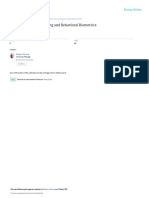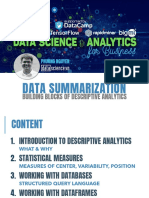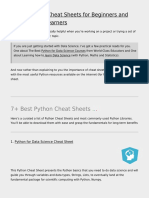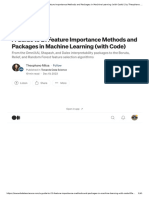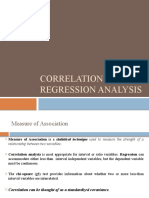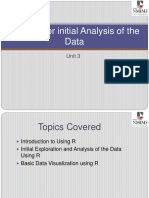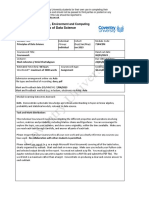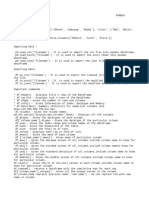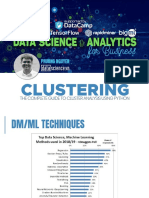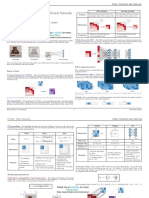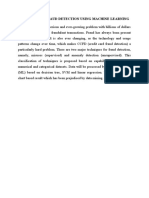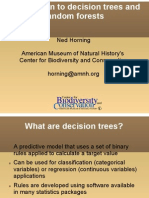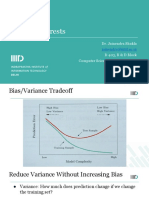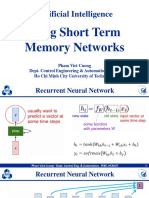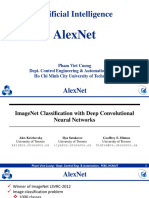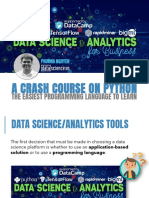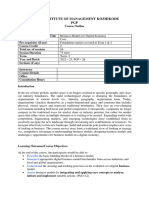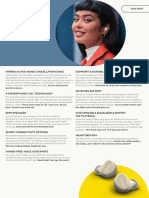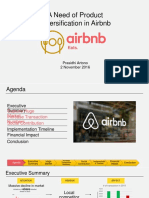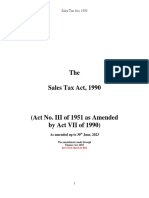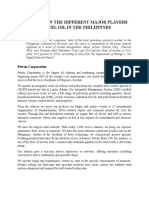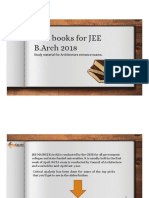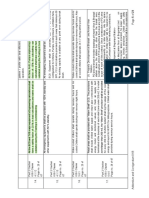100% found this document useful (1 vote)
107 views53 pagesThe Data Science Process
The document describes the standard data science process, which involves determining the business problem, obtaining and exploring data, cleaning and preprocessing the data, selecting machine learning algorithms, training models and evaluating their performance, and deploying the best model. It provides a Python example of applying linear regression to predict housing prices. The standard processes of CRISP-DM, SEMMA, and KDD are also overviewed, as well as the machine learning canvas framework.
Uploaded by
Thành Cao ĐứcCopyright
© © All Rights Reserved
We take content rights seriously. If you suspect this is your content, claim it here.
Available Formats
Download as PDF, TXT or read online on Scribd
100% found this document useful (1 vote)
107 views53 pagesThe Data Science Process
The document describes the standard data science process, which involves determining the business problem, obtaining and exploring data, cleaning and preprocessing the data, selecting machine learning algorithms, training models and evaluating their performance, and deploying the best model. It provides a Python example of applying linear regression to predict housing prices. The standard processes of CRISP-DM, SEMMA, and KDD are also overviewed, as well as the machine learning canvas framework.
Uploaded by
Thành Cao ĐứcCopyright
© © All Rights Reserved
We take content rights seriously. If you suspect this is your content, claim it here.
Available Formats
Download as PDF, TXT or read online on Scribd
/ 53


